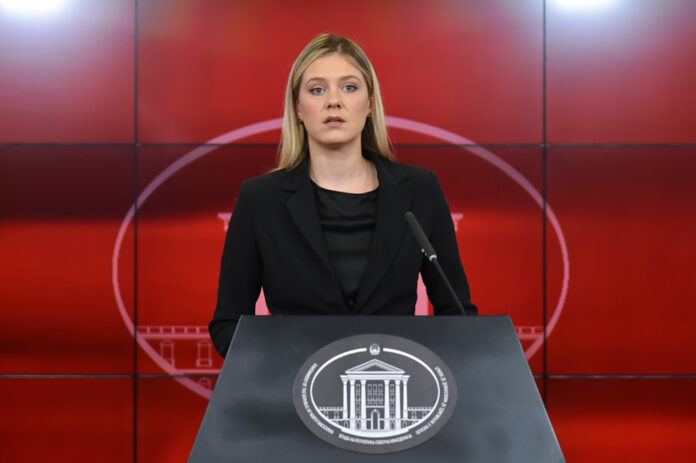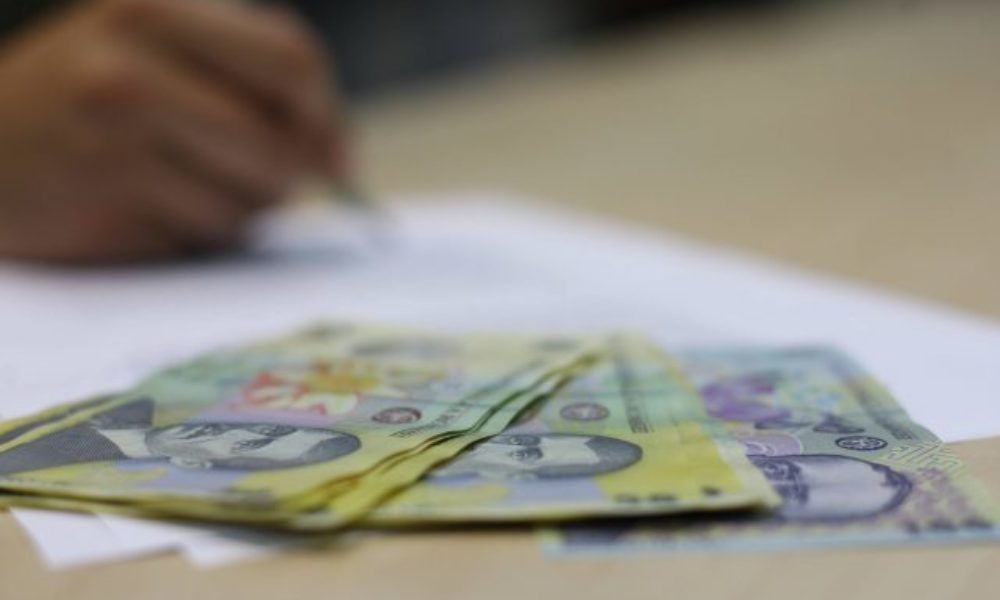PETOOCTOBABAST IN ARTS: Where are the pictures from the Federal Assembly? – Society

Today, the daily today wrote about another picture found among the tens of works of art disappeared from the Federal Assembly in Belgrade during dramatic events 5. October 2000. years. It was oil on the canvas « Square in Dubrovnik » Atanasija Popović from 1940, and the police then searched for dozens of valuable images of the most important Yugoslav artists.
The disappearance of cultural heritage in Chaos 5. October
During the demonstrations that led to a decline in the regime of Slobodan Milosevic, the Federal Assembly building was one of the key points of the protest. In general chaos, in addition to the political coup, there was aft and destruction of a significant part of cultural heritage. Of the 155 artworks that were in the collection of the Assembly until then, as much as 127. until April 2005, only 69 paintings were found, while 58 were still on the warrant.
The Secretary General of Parliament Đorđije Radulović then said for the Beta Agency, « cannot be determined exactly how stolen, and how much the fire was destroyed. »
Photos of 55 missing images were published on the MUP site, and the estimated value of stolen and destroyed works were about 150,000 euros. Among the missing works were Petra Lubarda, Predrag Milosavljevic, Marko Kelebonovic, Milan Milanovic, Petra Dobrović, Milan Konjović, Ivan Tabaković, Milić from Macva and other greats.
New collection and retry attempts
The Collection of the Federal Assembly 2005 was counted by 137 images, including 96 papers from the period before 5. October and 41 work of contemporary artists that the Ministry of Culture of Serbia was given by Parliament in 2001. years. Their total value was then estimated at 450,000 euros.
In cooperation with the OSCE, the Assembly also prepared the publication on art gentle, which he possesses, in order to raise awareness of the importance of conservation of cultural heritage.
Twenty years later: What do we know today?
Two decades after these events, the number of artworks that have been returned is still far below the initial figure. Many pictures still have not been found. Despite digitization and better archival processing of cultural heritage, the fate of work of Lubarda, Konjović, Dobrović and other artists remain unknown. There are no information available that any of the larger cases of theft successfully solved.
In the context of today’s situation, the issue of preservation and safety of art inheritance remains actually, especially in institutions that are subject to political or social earthquakes. The role of the public, cultural institutions and police remain crucial in the fight against the illegal trade of art.
Complete digital archive of all Danas numbers since 1997. To date, Danas readers club members are available to the portal klub.danas.rs.
Youth without the future: How Vienna « Presses » Video Serbia after 5. October
The Austrian daily press release was a deficient picture of the position of young people in the country in its report on Serbia, which has yet recovered from war, isolation and economic crash. With the warning that « youth in Serbia does not have almost any future, » presses reminded that as many as 400,000 people, most often young and educated, and that neither political changes were made by the expected relief.
Missing hopes after 5. October
The press states that the decline in the regime of Slobodan Milosevic October 2000. woke up great expectations, but that the initial euphoria was soon replaced by disappointment. As early as 2002, the conducted research showed that more than half of young people would leave Serbia between the ages of 15 and 25 when they had the opportunity. As key reasons, a low standard of living and complete lack of perspective have been separated.
« There was then a million unemployed in Serbia – almost a third of the working age population. The youth unemployment rate for up to 25 years was three times higher than in other ages, » pressed presses.
Stopped reforms and blocked mobility
A particularly critical review of the paper referred to the suspension of education reform initiated by the Government of Zoran Djindjic. The reform was directed towards liberalization and decentralization of education, but it stopped it, a national-conservative government Vojislav Kostunica stopped. Thus, by evaluating the leaf, an additionally endangered youth is the position of youth anyway.
It is also worrying that, despite political changes, young other isolated. Five years after democratic changes, most had no opportunity to travel abroad. The press lists that 70 percent of students were never abroad, while the last remaining non-free regime countries were Macedonia, Bulgaria and Croatia. The rest of Europe, including Romania, introduced visas for Serbian citizens.
Twenty years later: Is there a shift?
Two decades after this text, the departure of young people remain a burning problem, between 50,000 and 60,000 people abandon Serbia, and the largest percentage of them are young highly educated people.
Even today, the fear of the uncertain future, weak influence of young people on political flows and distrust of institutions still dominant attitudes in a large part of youth.
The fiscal cash registers closed the tavern soul
Exactly 20 years ago, Belgrade caterers found themselves on the impact of fiscal discipline implemented by the Ministry of Finance. Introduction of fiscal cash registers, increased control of tax inspectors and media campaigns, and « One call changes everything » led to a drastic declaration in taverns, which caused dissatisfaction in the catering sector and the announcement of the protest.
Penalties, controls and empty chairs
At the press conference in April 2005, Jovan Mrđenović from the General Association of Cups of Belgrade said that after the introduction of fiscal cash registers, the turnover fell in almost all catering facilities in the city. An additional pressure was increased control of the Tax Administration and a media campaign called citizens to insist on fiscal account.
Mrđenović pointed out, « Whenever someone enters me that he is not a spy from the Tax Administration that will immediately seal my place for me. Due to all this there is no more tavern atmosphere in Serbian cafes. »
Catering requirements: Discounts, Bakšš and VAT
Caterers have announced a protest by 14. April if the Ministry of Finance does not meet their requirements. They were looking for mitigation to uninform fiscal accounts, equalization of VAT on food in restaurants with those in bakeries, as well as correction of compulsory social insurance contributions. A special problem was the technical inability of fiscal cash registers – from the inability to approve a discount for regular guests, until the abolition of traditional Bakša, which due to registered turnover practically disappeared.
Today: Digitization Standard, but problems remain
Two decades later, fiscalization became an indispensable part of a catering and wider service activities. From 2022. a new e-fiscalization model was introduced, which involves the use of electronic fiscal devices connected in real time with the Tax Administration System. Although the system is more modern, certain problems from 2005. they are still present – especially when it comes to rigid rules, different VAT rates and small caterers.
The cafes, however, survived – although many traditional turned into modern bistros and bars, while the cafaneous atmosphere discussed by Mrđenović all the row appear in urban centers.
* This text was generated with the help of artificial intelligence and based on archival sources. All data are presented for informational purposes.
Follow us on our Facebook and Instagram page, but also on X account. Subscribe to PDF List release today.






